
What does 2020 have in store for Sponsorship at ELFT
27th January 2020
What is so special about sponsorship?
When talking about sponsoring, images of product names on sports vests or donations to friends and colleagues comes to mind. My own experiences of engaging with sponsorship ranged from cautiously knocking on neighbour’s doors at the age of 12 to ask for donations for my school charity fun run, to donating to colleagues and charities. In the historical sense of the word ‘sponsorship’ was primarily linked to financial donations paid for community developments, usually tied to sporting competitions, a practice that continues to this day as a way of activating interest in events or causes. The sponsor relationship would also endure over time; a striking visual representation of this was the engraving of sponsors name in gold on a marble plaque.
Sponsorship, and other forms of championing, can form a central part of any improvement work. After six years of ‘quality improvement’ (QI) development ELFT is revisiting the role of QI sponsorship, to continue to evolve this key role as enabling improvement throughout the organisation and beyond. In this newsletter, we will be taking a closer look at the role of sponsorship in developing and supporting improvement, reviewing what we have learnt over the last six years of QI work at ELFT and looking forward to the future of this within improvement.
A Core Challenge of for Improvement Activity: Encouraging Agency
The growing focus of QI across healthcare is rapidly becoming a ubiquitous approach for developing positive change across a range of systems and services. A significant challenge to this is that change is not always received with open arms. In fact, as we move from what Heifetz and Linsky (2002) call ‘technical changes’, where solutions need only current expertise or tools, to the more complex ‘adaptive changes’ that require new learning, we risk hitting a major barrier in terms of cultural resistance. A system of sponsorship that actively embraces agency in improvement work has a better opportunity to catalyse such new learning and therefore transform how we do work, for the benefit of service users and staff. Improvement activity that encourages new learning cannot thrive without a system that supports it. What would such a system look like and how would sponsorship fit into this?
At the ‘International Annual Forum for Quality and Safety’ (2019), Derek Feely (CEO and President of the Institute of Healthcare Improvement) and Jason Leitch (National Clinical Director, Scottish Government) spoke to the critical need for developing agency in improvement work, a capacity to activate and energise improvement for sustainable change. They identified 4 main features for developing agency, associated with IHIs psychological model for change (2018):
- Purpose and Courage from staff to develop improvement work
- Supportive Culture around develop staff ideas
- A Method for Change (QI)
- A Widening of Horizons
QI will only thrive if people have a vision and courage to change, but without a system that supports and amplifies these voices risk being lost or never heard. This is never truer now than when QI started at ELFT in 2014/15.
Understating QI Sponsorship at ELFT
At ELFT, we have looked at the role of Clinical Directors and sponsors to champion improvement. Each QI project has an assigned a sponsor, while the Clinical Directors are responsible for QI work across a whole directorate. As system leaders with line of sight to priority planning and improvement work, sponsors are in an ideal position to empower and champion staff to support changes in often highly pressured, complex systems. However, the role of the sponsor can be clearly challenging due to time commitments, we have heard how it is perceived at times as a nominal role, with some sponsors expressing a feel of being a sponsor in name only until issues arises that require unblocking. There are no easy answers to these issues, however, since October 2019 the QI team and local sponsors have started to look at ways of co-designing and co-producing the development of active sponsorship, not just as a part of QI, but as leadership behaviour in itself.
To develop our understanding of sponsorship at ELFT the QI team conducted a survey of QI sponsors and staff on what mattered to them about their role in improvement work as a precursor to our IHI/EFLT Sponsor workshop in October 2019. Table 1 illustrates the core themes that emerged from the initial survey and workshop, in particular the forces driving/motivating Sponsorship, as well as the barriers or restraining forces.
There are many powerful examples of how sponsors and teams have benefited from direct interest, attention, and curiosity around improvement work. In some cases, there has been a will to sponsor improvement work. However, uncertainties persisted around what this would entail or how to manage this within existing busy schedules. Equally, our staff and coaches have shared, in multiple project conversations, an apprehension about contacting sponsors due to the perception of hierarchy and position in the Trust, at times due to concerns about “failing” at a project. Likewise, there were some striking correspondences around the importance of building relationships, being close to project work (conceptually as well as geographically), confidence around sponsoring, clarity of role, and the importance of team engagement. The twin perils of limited time and capacity were ever present.
In the latter half of the workshop a common improvement tool, a ‘force field analysis’ (Lewin, 1943), was used as a technique to surface and address forces that enable or prevent change. The themes emerging from this analyses are listed below (Table 2), alongside reflections and proposed means to address the key issues.
Next Steps
This has been the beginning of a great conversation, where all improvement work starts. This involves opening up relationships and exploring possibilities. The formation of a co-design space for looking at the issues above has led to a new statement of sponsorship, shared soon within directorates over the coming months. There are plans to develop sponsors’ roles in the early alignment of new improvement work through an initial project and sponsor led meeting. Discussions are also underway around how to make best use of valuable sponsor time by clarifying expectations and sharing support.
There may not be gold inscribed marble plaques, but cementing sponsorship relationships can ensure a future of valuable and sustainable improvement. The widening of horizons these relationships afford, through expanding aspirations and vision, promises to deliver positive changes for sponsors, teams, and fundamentally, for the populations we serve.
References:
Feeley, D., & Leitch, J. (2019). People make…it happen. Presented Keynote at Annual International Conference on Quality and Safety, Glasgow.
Heifetz, R, & Linsky, M. (2002). Leadership on the line: Staying alive through the dangers of change. Harvard Business Review Press.
Hilton K, Anderson A.(2018) IHI Psychology of Change Framework to Advance and Sustain Improvement. Boston, Massachusetts: Institute for Healthcare Improvement. (Available at ihi.org)
Lewin, K. (1943). ‘Defining the Field at a Given Time’. Psychological Review. 50(3): 292–310.
Most Read Stories
-
Why is Quality Control important?
18th July 2018
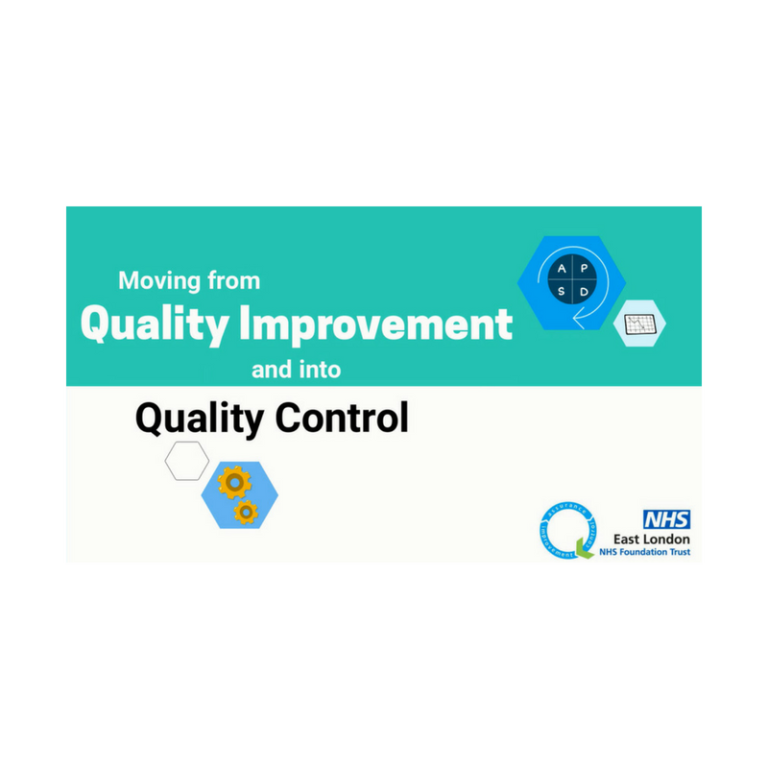
-
An Illustrated Guide to Quality Improvement
20th May 2019
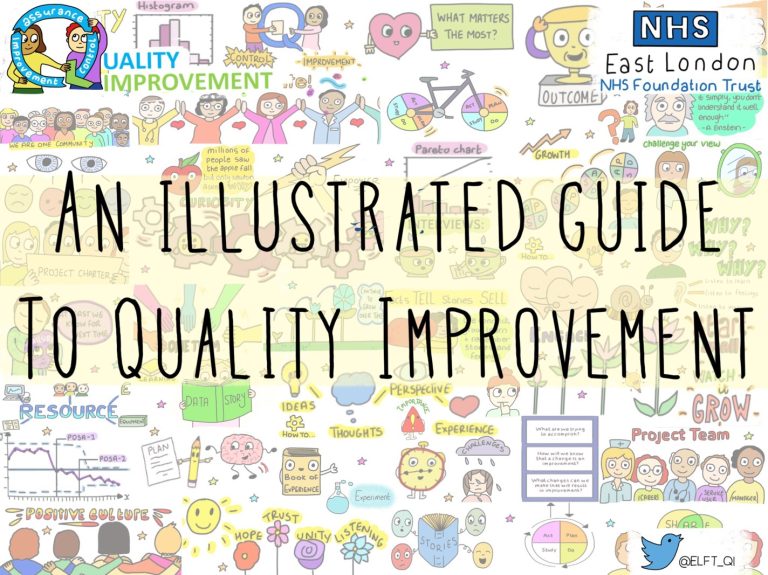
-
2016 QI Conference Poster Presentations
22nd March 2016
-
Recognising Racism: Using QI to Help Take Action
21st January 2021
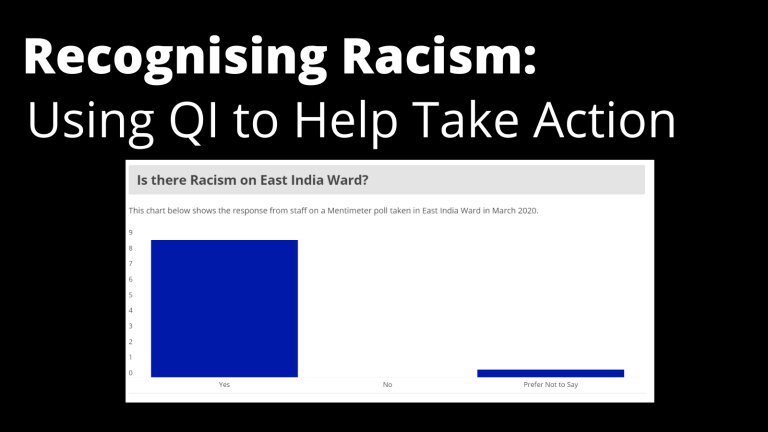
-
Using data enabled us to understand our problem
31st March 2023
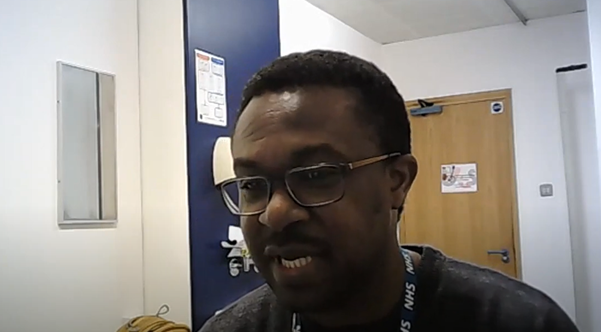
-
QI Essentials: What does a Chief Quality Officer do?
18th March 2019

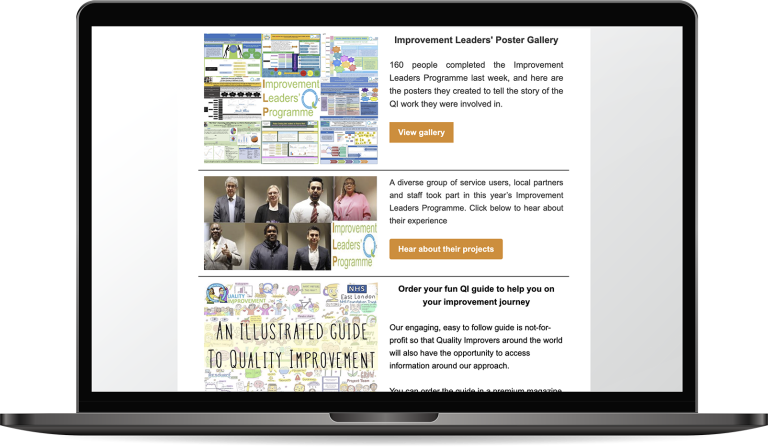
Follow QI on social media
To keep up to date on the latest concerning QI at ELFT, follow us on our socials.




